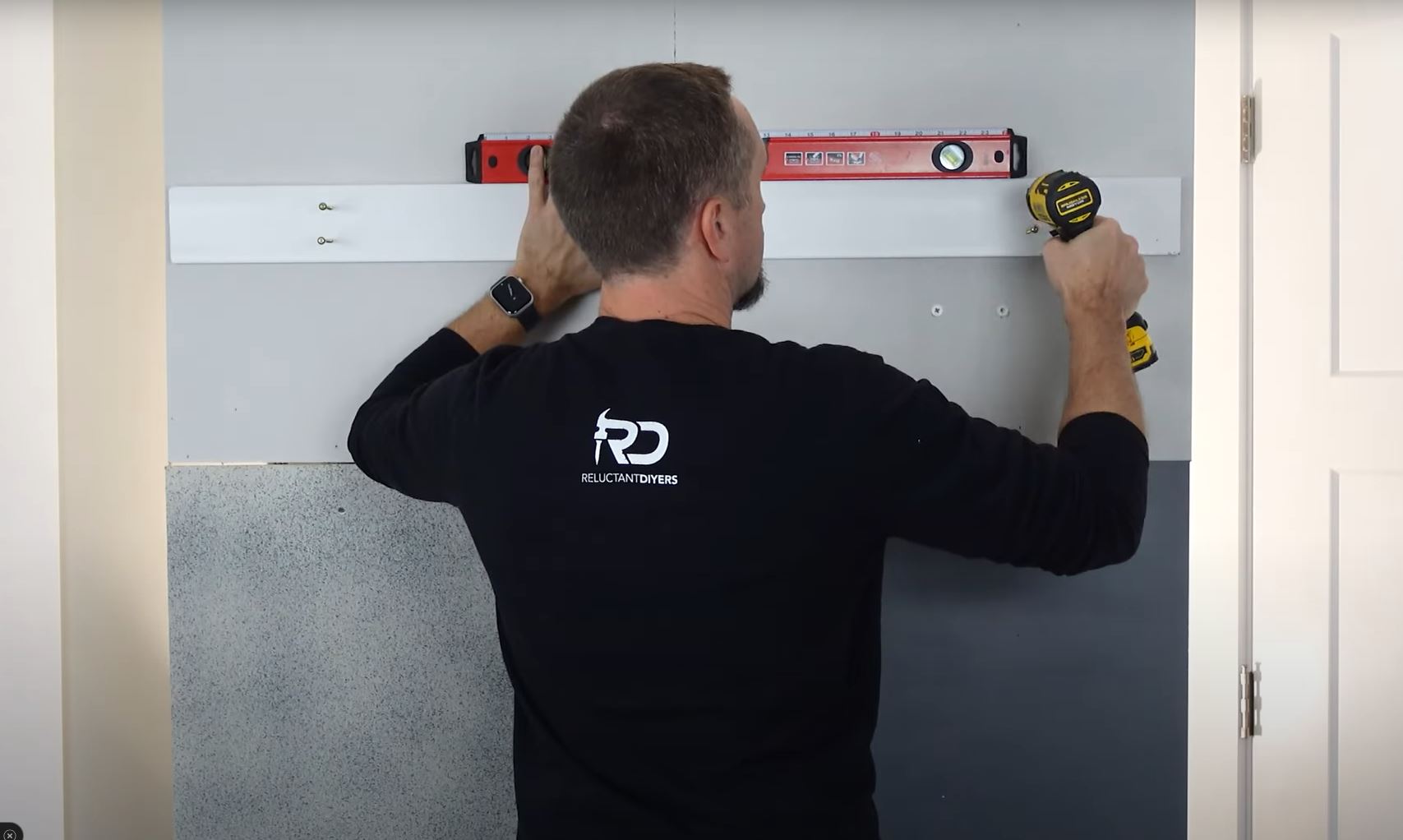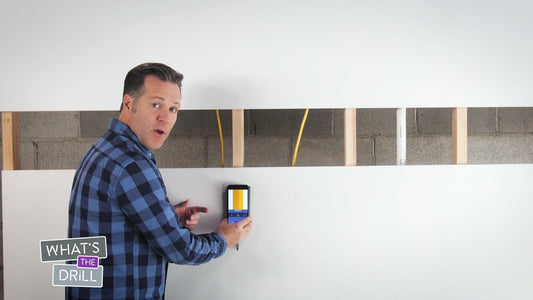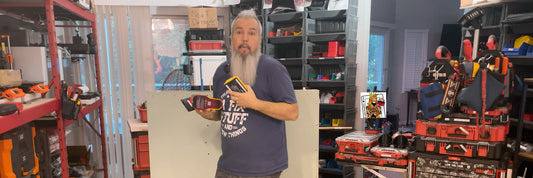Installing drywall anchors is a fundamental skill for any DIYer who wants to hang a heavy item such as a mirror, TV or kitchen cabinet, but the process of installing them isn’t always straightforward. To avoid the risk of your anchors falling out – resulting in an expensive DIY disaster – here’s a guide to getting it right.
1. Choose the right anchor: there are various types of drywall anchors available, including:
- Threaded Drywall Anchor
- Expansion Drywall Anchors
- Molly Bolts
- Winged Plastic Anchors
- Toggle Bolts
- Self-Drilling Toggle Anchors
- Strap Toggle Anchors
Consider the weight of the object you want to hang and choose an anchor that can support it.
2. Mark the spot: Use a pencil or a marker to mark the exact spot where you want to install the anchor. Ideally, you should drill into a stud to provide maximum support.
3. Drill a pilot hole: Using a drill bit that matches the size of your anchor, drill a pilot hole into the marked spot. Be careful not to drill too deep or too wide.
4. Insert the anchor: Gently tap the anchor into the pilot hole until it is flush with the wall surface. If you're using a screw anchor, twist it clockwise until it is securely in place.
5. Test that the anchor is firmly attached. Apply pressure to the anchor from every angle to make sure it doesn’t move around.
Common issues around installing drywall anchors
Now let’s “drill down” into the common problems with using drywall anchors when there’s no stud available, and how to tackle them to ensure a sturdy and reliable hold.
Issue 1: Anchors That Don’t Bite
Sometimes, drywall anchors may not secure themselves tightly, becoming loose or spinning in place. This often occurs when anchors are installed with a power drill which can force the anchor a little too far in, damaging the material.
Solution: The Manual Touch
The key to overcoming this is to skip the drill. Manual installation with a screwdriver allows for a gentler approach, ensuring the anchor threads engage properly with the drywall. If an anchor is already loose, gently remove it, patch the hole, and try again in a slightly different spot.
Issue 2: Precision Placement
An anchor that’s even slightly off can jeopardize the stability of whatever you’re hanging. Drilled anchors are more prone to misalignment due to the drill’s torque.
Solution: Measure Thrice, Install Once
First, triple-check your markings before installation. Then, either use your Phillips head drill bit to create an indentation that your anchor will slot right into, or use a manual screwdriver for better control and precision.
Issue 3: Obstructions Behind the Wall
Unseen elements like HVAC vents can stop an anchor from fully penetrating the drywall, increasing the risk of failure.
Solution: The Surface Approach
If you’re only hanging lightweight items like pictures or mirrors, consider the 3M claw, which doesn’t fully penetrate the wall.
For heavier items, mounting a board - such as a 1-inch-thick ledger board or ¾-inch plywood - directly onto the studs increases the thickness of the wall to provide a secure anchoring point.
To detect wood or metal studs – and identify their exact centers – you’ll need a stud finder. There are many options on the market, but if you want perfect accuracy and a clear visual image of those stud centers, the Walabot DIY 2 radar-powered wall scanner and stud finder is your best bet for drywall drilling.
Wrapping Up
Installing drywall anchors doesn’t have to be a source of frustration. With these solutions, you can ensure your wall hangings are secure and your walls undamaged. Remember, patience, precision and Walabot DIY are your best tools.







